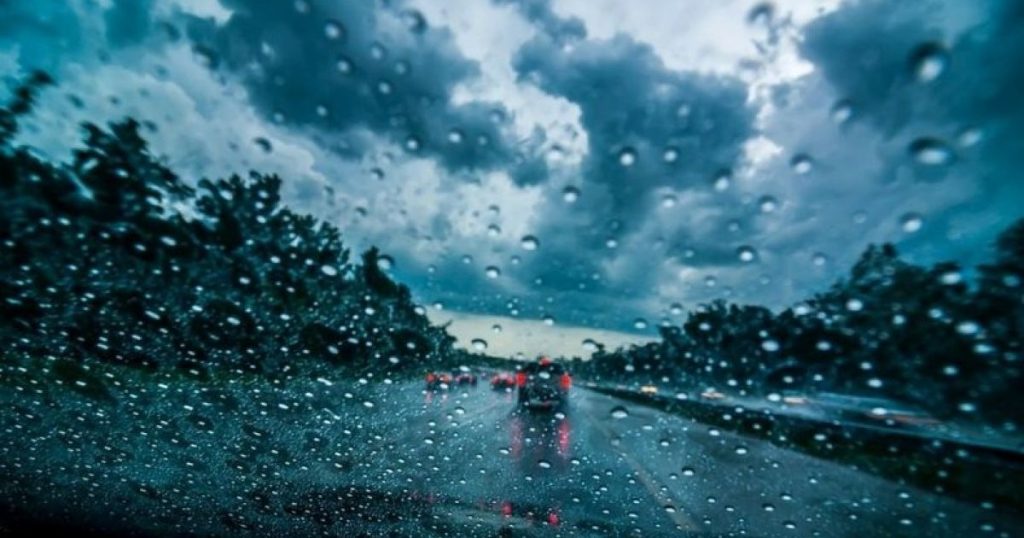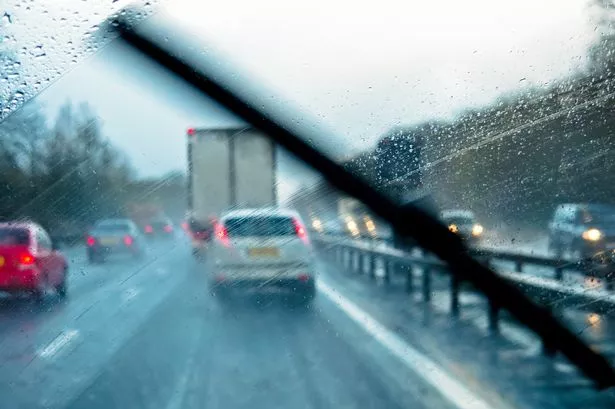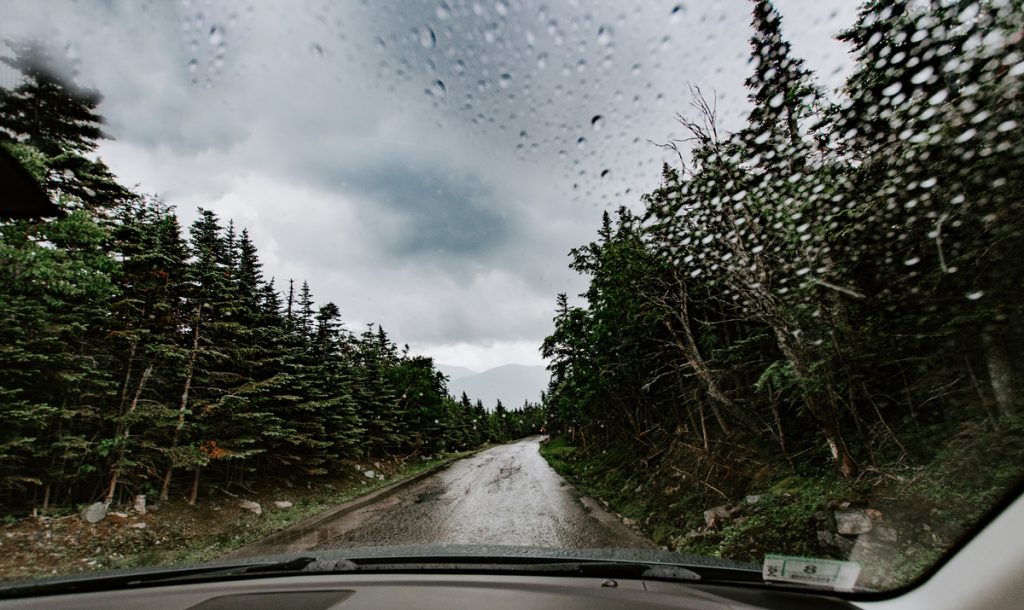
As the seasons change, so must wet weather driving techniques. This time of year is notorious for endless rainy days. They pose a new set of challenges for campervan and motorhome drivers.
With rainfall increasing, and the wind picking up, roads can become slippery and much harder to navigate.
Driving in adverse wet weather conditions can be daunting. But many people don’t know the benefits of learning how to drive in these conditions. Adjusting your skill set to deal with it, will ultimately strengthen your abilities as a driver.

Louise Bruchez from PassMeFast has offered tips and tricks on being a confident wet weather driving.
“Driving in wet weather requires additional focus and skill. With temperatures dropping and bad weather increasing, drivers need to comprehend how to handle their vehicles. Especially when the roads become slippery.
“There are a number of benefits for drivers to reap as they face wet and windy weather. It increases safety awareness, enables drivers to understand specific techniques. And it builds confidence in adverse driving situations.
“Drivers can practise gentle braking, maintaining a safe gap between the cars in front and behind, and developing an awareness of potential hazards. Addressing these challenges head-on can teach valuable lessons in tackling new obstacles and ensuring you can navigate safely in diverse weather conditions.

“For learner drivers also, different weather conditions can be useful to practise in before they carry out their driving theory test, as learners are expected to know how different conditions can affect the braking and performance of the vehicle, as part of the safety margins theory test category.”
Avoid Cruise Control
When the road is wet, you shouldn’t use cruise control. This is due to the fact that the constant speed can increase the chance that your tires will hydroplane and you could lose control of your vehicle. Only use cruise control when the weather is dry and there is no interference with the condition of the road.
Be Mindful of Puddles
If you are driving down roads that require some TLC, particularly down country lanes, then you should avoid puddles as they could be covering potholes or other road hazards.
Driving over said hazards can cause damage to your car and lead to some expensive repair costs, including damage to your tyres and can result in your loss of steering control.
Use the Right Defogging Setting
At this time of year, the temperature reaches sub-zero. This in addition to rainfall can mean that your windows are more susceptible to fogging up – caused by trapped moisture inside your van responding to outside temperatures.

It is important to have constant visibility when you are driving, especially if there is heavy rainfall or fog that could affect your view of the road. A quick and easy way to clear up your windows is by using the aircon. The defogging setting will pull the moisture from the air as it passes over the cooling coils.
Stay Updated on Weather Conditions
Before you set off, the best way to prepare for the weather is to have a look at the forecast in your location for the duration of your journey. By doing so you can anticipate any potential hazards as a result of heavy winds and changes in the road’s surface from the rainfall.
Turn on Headlights
As the nights get longer and the days become shorter, you may be driving in the dark more often than not. If the rain is particularly heavy, or if there is fog, it can be hard to see what’s in front. Having your headlights on when the weather is obstructing your vision can help you see where you are going and also make yourself visible to other drivers.
Check your tyre pressure
You should always check your tyre pressure when preparing to drive in adverse weather conditions. You should also check the pressure when your tyres are cold, as the readings can be inaccurate if they are warm, for instance, after driving for a long period of time.
If your tyres are underinflated, it can negatively impact your control over the car and result in lower gas mileage. When the roads are slippery, you should have full control of your vehicle to avoid drifting and potentially causing harm to other drivers and yourself.
Watch your speed
It’s obvious, but when the weather becomes particularly challenging you should be driving at a slower speed in general. A big part of being a skilled campervan driver is being able to adapt to particular weather conditions. If it is raining, or roads become slippery, reducing your speed will help increase your reaction time.
This kind of weather also increases your stopping distances, therefore, a longer breaking time is needed. You should always drive at a speed where you have enough time to stop if the car in front of you were to stop suddenly. In wet weather, this requires a 4 second gap between you and the car in front.
If these tips are applied, you can ensure that driving in wet weather conditions over the festive season is stress-free and productive.
